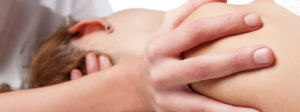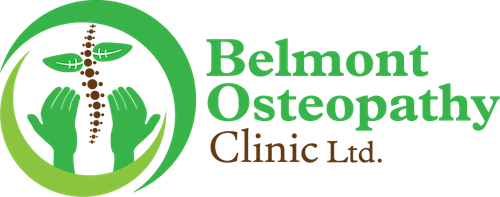
What is Osteopathy?
Osteopathy is a form of drug-free non-invasive manual medicine that focuses on total body health by treating and strengthening the musculoskeletal framework, which includes the joints, muscles and spine. Its aim is to positively affect the body’s nervous, circulatory and lymphatic systems.
This therapy is a unique holistic (whole body) approach to health care. Osteopaths do not simply concentrate on treating the problem area, but use manual techniques to balance all the systems of the body, to provide overall good health and wellbeing.
Dr. Andrew Taylor Still established the practice of Osteopathy in the late 1800s in the United States of America, with the aim of using manual ‘hands on’ techniques to improve circulation and correct altered biomechanics, without the use of drugs.
The philosophy of Osteopathy is what sets it apart from other medical disciplines. The key principles are based on all parts of the body functioning together in an integrated manner. If one part of the body is restricted, then the rest of the body must adapt and compensate for this, eventually leading to inflammation, pain, stiffness and other health conditions. When the body is free of restrictions in movement, Osteopathic treatment assists the body with pain minimization, reduced stress and greater mobility providing the body with the opportunity to heal itself.
What conditions do you treat?
Manual Osteopaths treat more than you think, from musculoskeletal problems, joint pains, soft tissue and myofascial pain, migraines, sinus, TMJ, digestive issues just to name the few. Manual Osteopaths treats patients of any age, from the very young to vey old. Contact me to learn how your unique symptoms can be addressed through Osteopathy.
Is Manual Osteopathy covered by private insurance?
Manual Osteopathy is covered BY MOST private insurance. Before making an appointment, its best to call your extended health benefit to find out you are covered with a Manual Osteopathy provided by a Manual Osteopathic Practitioner (DOMP).
What to expect on your first visit?
A complete medical history is taken and questions asked about lifestyle, diet and emotional status. The Manual Osteopath will want to hear about all symptoms, as well as details of any past accidents or traumas, even if they may seem unrelated to the patient’s current problem. The patient may be asked to remove some outer clothing and to perform some simple movements. This is so the Manual Osteopath can observe how the patient is using their body, identify any obvious mobility impairment and evaluate posture. Neurological and orthopedic tests help the Manual Osteopath to eliminate possible underlying pathologies and differentiate the basis of the patient’s complaint.
The initial consultation will take around 60 minutes to complete, after which the Manual Osteopath will be able to offer and discuss a treatment program. Treatment could include such techniques as soft tissue stretching, to increase blood flow and improve flexibility of joints and muscles; articulation to mobilize joints by being passively taken through their range of motion; and muscle energy, to release tightness on the muscles by alternatively being stretched and made to work against resistance, or Craniosacral Therapy to balance your system to ease pain and provides over all relaxation.
Because Osteopathy emphasizes self-healing, a Manual Osteopath may also advise dietary changes, home exercise programs and lifestyle adjustments. All treatment programs are highly individualized and depend on the patient’s current condition, past history, and ability to adapt to change.
Osteopathy is a form of manual healthcare which recognizes the important link between the structure of the body and the way it functions. Osteopaths focus on how the skeleton, joints, muscles, nerves, circulation, connective tissues and internal organs function as a holistic unit.
Using skilled evaluation, diagnosis and a wide range of hands-on techniques, Osteopaths can identify important types of dysfunction in your body. Osteopathic treatment uses techniques such as stretching and massage for general treatment of the tissues, along with mobilization of specific joints and soft tissues.
Osteopathic Manual Practitioners have extensive education and training in traditional manual Osteopathic practice. They assess and treat patients using only manual techniques. They are not Physicians and they cannot prescribe medication or perform surgery.
